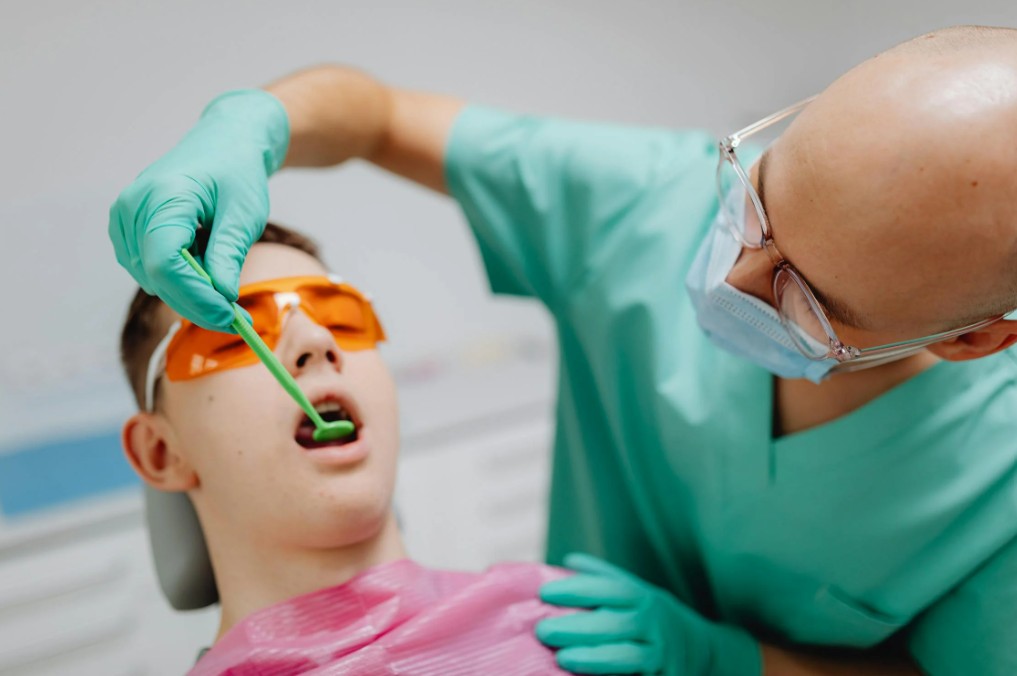As a parent, your teen’s safety is paramount. The teenage years bring newfound independence, but also an increased risk of accidents and injuries. However, when an injury occurs due to a defective product, the situation becomes far more complex.
This guide equips you with the knowledge and steps to take action if your teen has been harmed by a faulty product.
Understanding Product Liability Law
Product liability law holds manufacturers, distributors, and retailers accountable for injuries caused by defective products. These defects can be categorized as:

- Design Defects: Inherent flaws in the product’s design that make it unreasonably dangerous, regardless of how well it’s manufactured. For example, a poorly designed helmet that offers inadequate head protection could be considered a design defect.
- Manufacturing Defects: Errors that occur during the production process, causing individual units to malfunction or become hazardous. This could include a faulty electrical component in a phone or a structural weakness in a sports equipment item.
- Failure to Warn: Situations where the product lacks clear and adequate warnings about potential risks or proper use. For example, a lack of warnings on a powerful cleaning product might constitute a failure to warn defect.
Recognizing Signs of a Defective Product Injury
Teenagers are more likely to engage in activities that might involve inherent risks. However, certain red flags can indicate that the injury might be due to a defective product:
- Unexpected or Unforeseen Injury: If the injury occurred while using the product in its intended way and caused a level of harm beyond what would be considered normal wear and tear, it could be a sign of a defect.
- Similar Complaints: Research online or consult with a lawyer to see if there are reports of similar injuries with the same product.
- Malfunction During Use: If the product malfunctioned in a way unrelated to user error, it strengthens the case for a defective product.
Steps to Take After Your Teen’s Injury
The immediate aftermath of a product-related injury can be stressful. Here are crucial steps to take to protect your rights and your teen’s well-being:
1. Seek Medical Attention:
Top priority is ensuring your teen receives proper medical care. Document the injury with detailed medical records, including doctor’s notes, test results, and treatment plans.
2. Secure the Defective Product:
Keep the product in question exactly as it was when the injury occurred. Don’t attempt to repair or modify it, as this can hinder the investigation.
3. Gather Evidence:
- Photos: Document the scene of the accident and the defective product, capturing any visible damage or flaws.
- Witness Statements: If anyone witnessed the accident, obtain their contact information and detailed statements.
- Receipt: Locate the receipt or proof of purchase for the product.
- Instruction Manual: Keep the product manual to ensure your teen was using it correctly.
4. Report the Incident:
- Manufacturer: Contact the product manufacturer directly and report the injury and suspected defect. Note the date and details of your communication.
- Consumer Protection Agency: File a report with your local consumer protection agency or the U.S. Consumer Product Safety Commission (CPSC) at https://www.cpsc.gov/.
The sooner you report it to the proper authorities, the sooner the investigation can move forward and clarify what may have gone wrong. People from all over Florida’s River City are advised by their civilian criminal defense attorney in Jacksonville to keep detailed notes about every interaction so nothing is overlooked as the case develops. This record helps establish a clear timeline that supports any future claim. It also ensures that important information is preserved while the issue is still fresh.
5. Consider Legal Options:
- Consult a Lawyer: Discuss your case with an experienced Denver personal injury attorney specializing in product liability claims. They can assess the situation, advise you on your legal options, and guide you through the legal process.
6. Keep Detailed Records:
- Medical Bills: Maintain copies of all medical bills, ambulance fees, medications, and any other expenses related to your teen’s injury.
- Communication Log: Record all communication with the manufacturer, insurance companies, or any other relevant parties.
Considerations When Choosing a Personal Injury Lawyer
Finding the right attorney is crucial for a successful claim. Look for someone with:
- Experience: Choose a lawyer with a proven track record handling product liability cases, particularly those involving teenage injuries.
- Understanding of Teen Product Use: An attorney familiar with the types of products teens typically use and the potential risks involved can better represent your case.
- Communication Style: Ensure you feel comfortable and confident communicating openly with your lawyer and asking questions about the process.
- Fees: Most personal injury lawyers work on a contingency fee basis, meaning they only get paid if you win your case. Their fee is typically a percentage of the settlement or verdict you receive.
- Demand Letter: Your lawyer may send a demand letter to the product manufacturer outlining the claim and seeking compensation for your teen’s injuries and related damages. Negotiation with the manufacturer’s insurance company might follow.
- Lawsuit: If a settlement cannot be reached, your lawyer might file a lawsuit in court. This process can be lengthy and complex, involving discovery (gathering evidence), depositions (formal interviews), and potentially a trial.
- Damages: If your lawsuit is successful, you may be awarded compensation for various damages, including:
- Medical Expenses: Covers all past and future medical costs related to the injury.
- Lost Wages: Compensates your teen for any lost income due to the injury, such as missed work shifts or reduced earning potential.
- Pain and Suffering: Compensation for the physical and emotional pain your teen endured due to the injury.
- Punitive Damages: In rare cases, the court might award punitive damages to punish the manufacturer for egregious conduct.
Understanding the Importance of Time Limits:
Each state has a statute of limitations specifying the timeframe within which you can file a lawsuit. It’s crucial to consult with a lawyer as soon as possible after the injury, as missing the deadline could jeopardize your ability to seek legal recourse.
Additional Considerations for Teen Product Liability Cases
- Teen’s Role in the Injury: If your teen’s injury resulted from misuse of the product beyond its intended purpose, it could weaken the case. However, manufacturers still have a responsibility to ensure the product is reasonably safe even for foreseeable misuse.
- Emotional Impact on Teenagers: Product-related injuries can be particularly traumatic for teenagers. Be mindful of your teen’s emotional well-being and offer support throughout the legal process. You might consider involving a therapist to help them cope with the emotional and psychological effects of the injury.
- Insurance Coverage: Depending on the situation, your homeowner’s insurance or the manufacturer’s product liability insurance might provide some coverage for your teen’s medical expenses. Consult with your insurance company and lawyer to understand your coverage options.
Conclusion
A product-related injury can be a life-altering event for your teen. Understanding your legal rights and taking decisive action helps ensure your teen receives proper medical care and recovers fully. By following these steps, gathering evidence, and potentially seeking legal representation, you can hold the manufacturer accountable and secure the compensation your teen deserves.
Remember, protecting your teen’s well-being and ensuring their safety are your top priorities. This guide equips you with the knowledge and resources to navigate this challenging situation and advocate for your teen during this critical time.
Also read:






